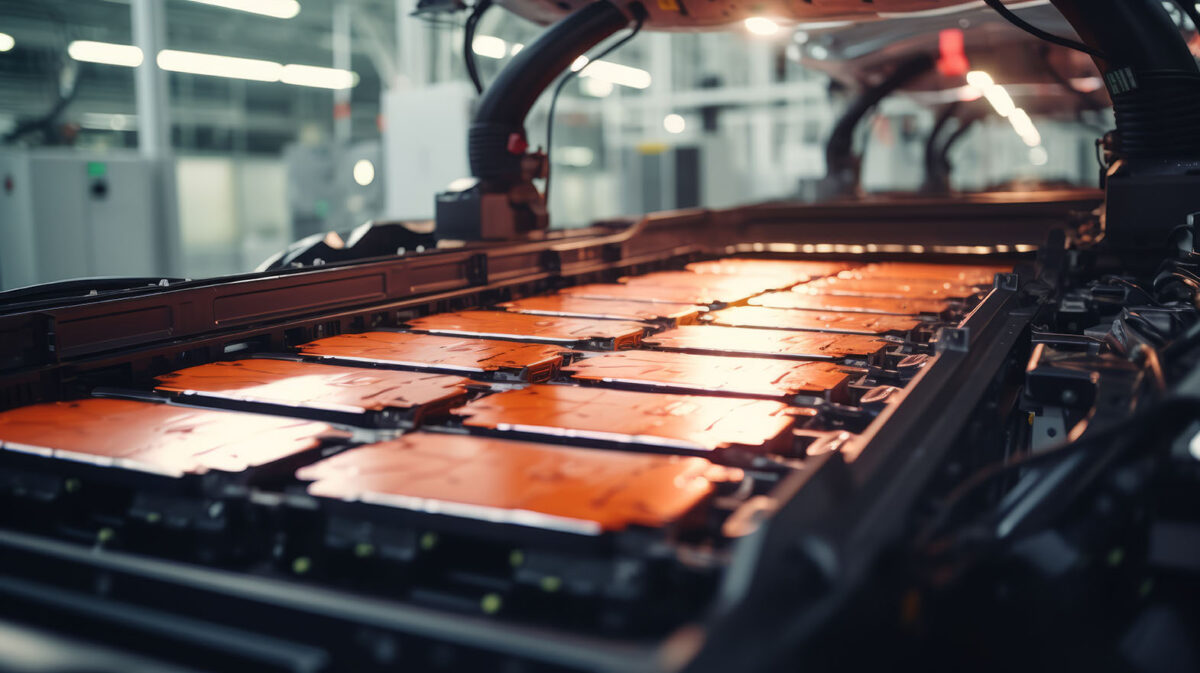Enhancing Safety in Lithium-Ion Battery Technology

Lithium-ion batteries represent the foundation of modern energy storage systems, powering everything from small electronic devices to electric vehicles (EVs).
Their high power density, durability, and efficiency make them indispensable in our increasingly electrified world. Yet, their inherent flammability and potential for explosive reactions under certain conditions pose significant safety risks.
You can read: Embracing Sustainability With Bio-based Flame Retardants
Understanding Lithium-ion Battery Mechanics and Risks
Lithium-ion batteries function through the movement of lithium ions between two electrodes (cathode and anode) across an electrolyte solution. This electrolyte, typically a mix of lithium salts and organic solvents like ethylene carbonate, facilitates ion flow while being notably flammable. The battery’s design includes a separator to prevent direct contact between electrodes while allowing ion passage. However, in adverse scenarios such as accidents or exposure to extreme temperatures, this separator can fail. Such failures may cause internal short circuits, leading to rapid temperature rises and potentially igniting the electrolyte.
Mitigating Risks
To address these dangers, advancements in battery technology have focused on integrating fire retardants into the electrolyte composition. An exemplary innovation in this domain comes from Leclanché, a Swiss energy storage company. They’ve successfully incorporated a fire-retardant additive into their electrolyte formula, achieving a notable reduction in fire risk by nearly 80%, without compromising battery performance. This breakthrough signifies a pivotal move towards enhancing safety without sacrificing efficiency.
The Imperative of Fire Safety in Lithium-ion Batteries
As lithium-ion batteries become ubiquitous in high-demand applications, especially in hybrid and electric vehicles, the importance of fire safety cannot be overstated. The integration of fire retardants is not merely an enhancement but a necessity for the future of electric mobility and energy storage. These technologies ensure that as we move towards a more sustainable and electrified future, we do not compromise on safety. Their role is critical in safeguarding against the potential catastrophic consequences of battery malfunctions, marking a significant step forward in the responsible deployment of lithium-ion batteries across various sectors.
You can read: PFAS-Free Flame Retardants
